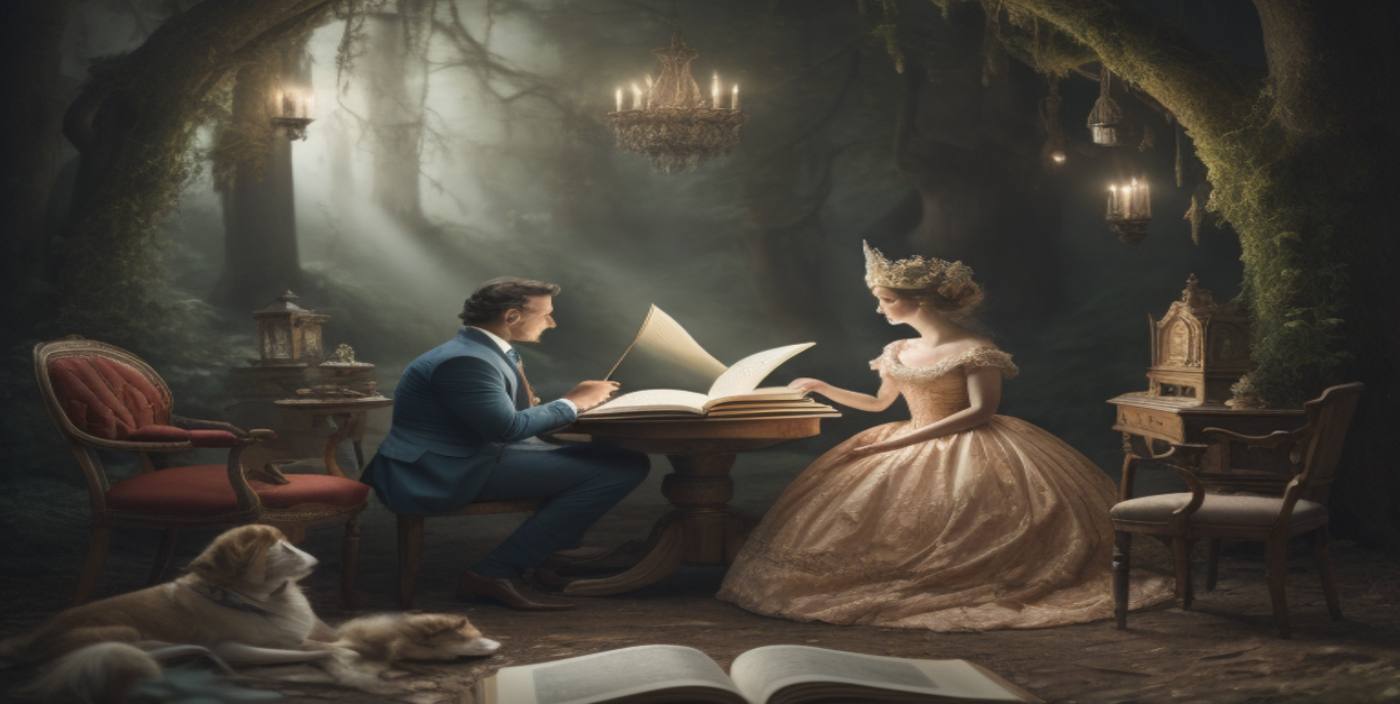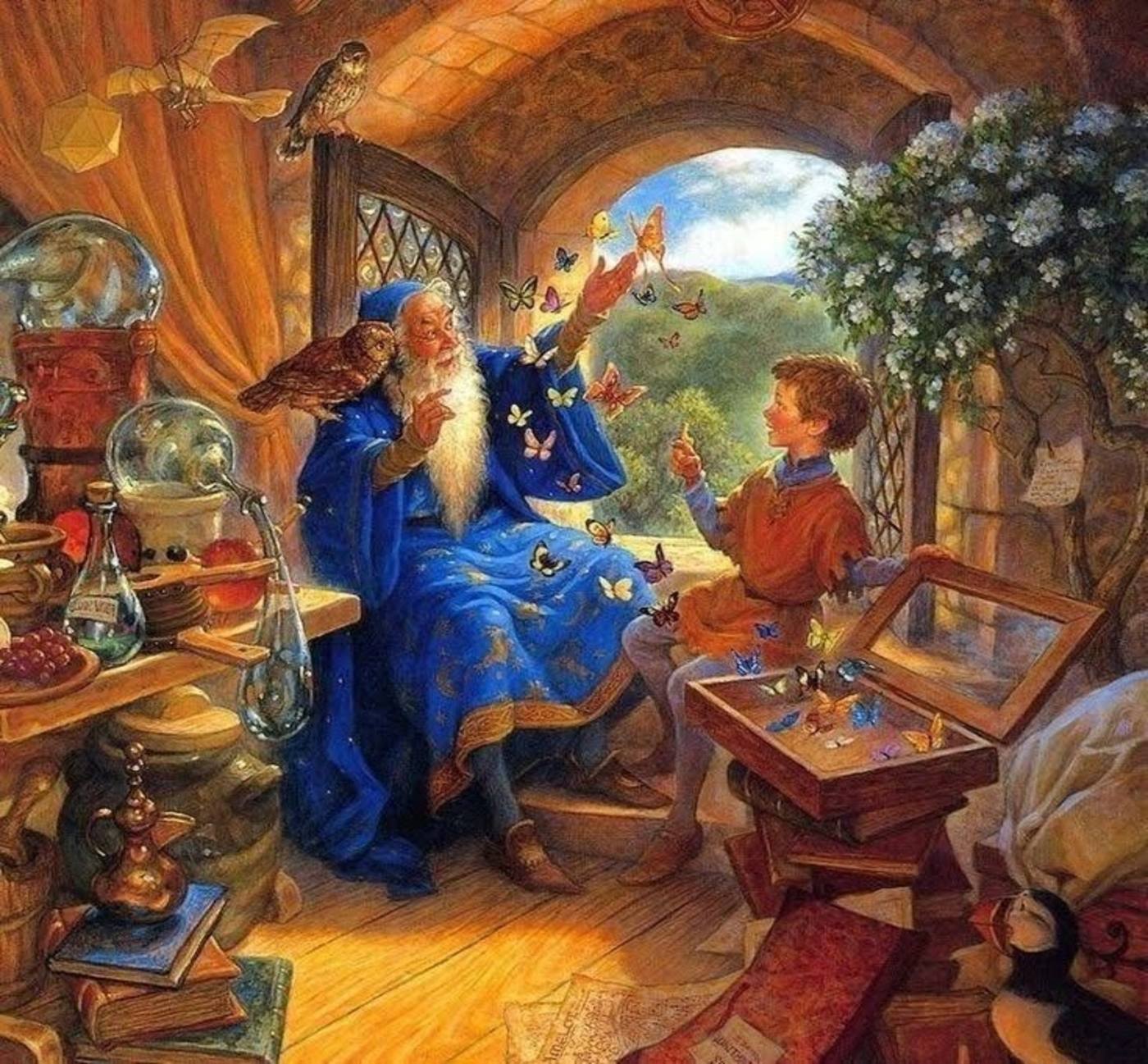Character Generating 101

Let’s start from scratch: as a writer, you think of writing a story about anything. What’s the first thing you need to do that comes to your mind? Of course, that would be, creating characters.
Crafting characters for children’s tales is like painting on literary canvases. They’re not just figures; they’re the soul of the story, bringing it to life for young readers. Neglecting their importance, even with a great plot, leads to a storytelling mess. Characters are the essence that captivates and adds meaning to the tales.
Wide imagination is your first step into success. Think wild, a place where animals can talk, people with supernatural powers, or even inanimate objects string a hidden life beyond our own. Your characters could be anything you want- even out of this world! When generating a character, consider three important features: who your character is, your character abilities, and your character possessions.
Each of these features correspond to a part in the character sheet that will guide you through a structured process on how to create a character that aligns with your preferences. Yet, for those who already have a specific concept, they can feel free to explore these aspects in a different sequence.

Knowing your character
This section provides essential guidance on shaping characters in your story, emphasizing that every character matters, not just the main one. It’s crucial to create personalities that engage young readers, as their disinterest can undermine your story. While you can develop details in any order, building upon existing ideas adds creative depth.
Name
Simple as it sounds? Don’t be fooled, the process can be quite challenging. Find something catchy that captivates children’s minds. Something they can easily pronounce, and goes along with your theme; chosen epoch and culture…(we can add in the future a guide to names from around the world to help writers choose the perfect name)
Traits
Choose specific physical characteristics, their most distinguished traits, what they are wearing, and if they hold around items of distinctive importance.
Identity card
The more precise you are with your characters’ identities, the more you are adding impact on their journey. Wisely choose their species, age, gender, race, culture, disabilities if there’s any, class…
Personality
This aspect is crucial for character development, as it guides their choices and actions throughout the story. Without a clear understanding of who your character is, readers will quickly lose interest.
Consistency in personality traits is key to maintaining credibility; characters who lack defined manners may behave inconsistently, leading to confusion. For example, one time they might seem fearless, and next you’ll see them behaving the exact opposite. This means your character is unreliable.
While mastering this may take time, it’s essential to gradually delve into your characters’ identities to ensure coherence. Here are some words to consider for building relatable personalities for children: friendly, brave, innocent, nervous, shy, serious, angry, enthusiastic, mean…
History / past
You get to help young readers understand the backstory of your characters, whether they’re protagonists, antagonists, or even side characters. Why are they like that? You might hear many children asking this question. So, introducing them to what shaped your characters can help them relate to their choices and behavior.
However, you don’t have to do that every time, it’s perfectly fine to leave an open question, to let young readers guess on their own. It’s a great interactive way.
Purpose
Deciding the character’s main goal within the story provides direction, conflict and a purpose of your whole story. The character’s pursuit becomes the driving force, shaping the plot and engaging the readers by creating thrill and tension. The main goal might be personal like “overcoming fear”, or something not related directly to the main character like “helping poor people”.
Find a cause children might feel close to, so they could connect with each step of the way, feeling fear, sadness and excitement. A well- defined goal can also add valuable lessons and moral messages to children.
Day- to- day routine
This involves letting young readers explore characters’ daily lives, fostering relatability and interaction. By incorporating elements from a child’s own experiences—such as daily routines, family bonds, and school life—you establish a connection between the story’s virtual world and a child’s reality. This connection aids character development, allowing children to witness growth, overcome obstacles, and develop empathy. In your introductory sections, mention key aspects like characters’ homes, hobbies, and surroundings to enrich the narrative.
Relationships
In this section, you will be clarifying the nature of the relationship between the characters of your story. Consider several elements related to relationships to help you stay consistent: relationship nature, relationship manner, mutual history if any or current interaction. For example:
Character A & Character B:
- Relationship nature: animal companion and a princess.
- Relationship manner: Playful.
- Mutual history: character A has been a loyal companion for character B since they were young.
Character C & Character D:
- Relationship nature: a living toy and child owner.
- Relationship manner: trusting.
- Current interaction: D has a unique bond with C, a magical toy that comes to life, creating a friendship filled with excitement and imagination.
Character E & Character F:
- Relationship nature: time- traveler friend and curious explorer.
- Relationship manner: exciting.
- Current interaction: E takes F on an exciting journey through time, unraveling mysteries of history and fantasy.
Following this structure gives you a well- detailed vision of your story and avoids confusing yourself and young readers.
Character abilities
You will be looking in this part at different steps to follow, that are related to what your characters can do. Remember, you are writing as if you are in the child’s brain, so creativity is your key.
In your fantasy world, you have an open book to write about your character’s abilities. If your story is focusing on magic, your characters could be wizards, fairies, sorcerers and mystical students.
Other abilities might include strong physical features, like having supernatural powers, being able to fly, having a laser vision… the list goes on and on.
You could also focus on characters with a deep connection to nature, such as being able to talk to animals or plants, shapeshifting, or even scouts. It could be magical or non- magical.
The characters could also have special skills that add to their strength. You get to choose whatever you want.
In addition, try dividing your character crafting into body and mind. So, when creating one, you decide on their appearance, as well as their mental and social skills.
Character possessions
Once you figure out what your characters are capable of, think about the boosters or the additional elements and possessions the characters might have, either to give them certain powers, or to enhance their powers and skills. Such tools could be a magical bag, a powerful wand, a time machine, secret spells and potions book, you name it!
So, when it comes to adding these features, the stage is all yours.
Few more tips
Remember, heroes do make mistakes, so does everyone. So, for character growth, you need imperfect characters that will experience challenges and difficulties, to be able to understand the consequences of each action and learn from their mistakes. Making perfect characters won’t make your plot any enjoyable or relatable.
It is important that children see themselves as part of the story, like the characters are mirroring their inside thoughts and personalities, or as if they’re their friends. They should feel a connection to the character, so they will be able to interact with the events along the story. I’ve mentioned this a thousand time, and I’ll keep mentioning it,
BE CREATIVE. These are fairy tales we’re writing about, a whole magical world crafted upon your imagination, a way to experience events that we don’t in our ordinary
lives.
And before writing yourself, I advise you to read. This will definitely help you understand the depth of each element in a story, to evaluate what could work and what could not.
After that, start writing, fill out those blank pages with your imagination as much as you can, study each character and start creating small scenes to test your ideas. Once mastered your character development, you become on the road to success and achievements.
End Note
Always remember, children are one of a challenge. The moment you can get inside their heads and give them what they want, you’re winning. So, it’s very crucial to consider some major points when writing fairy tales for children to make your story a one-of-a-kind journey. When writing basically about anything for children, always make sure to make every detail relatable to them.
Download Our free character-generating template!
Unlock creativity with our character-generating template. Create special characters effortlessly for your fairy tales. Elevate your storytelling with ease.




